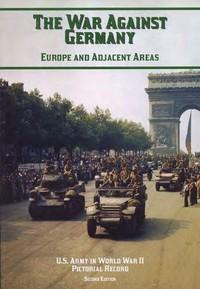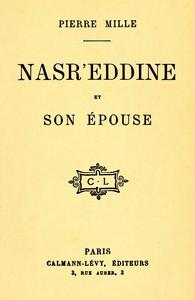|
|
Read this ebook for free! No credit card needed, absolutely nothing to pay.Words: 13150 in 19 pages
This is an ebook sharing website. You can read the uploaded ebooks for free here. No credit cards needed, nothing to pay. If you want to own a digital copy of the ebook, or want to read offline with your favorite ebook-reader, then you can choose to buy and download the ebook.

: The war against Germany: Europe and adjacent areas by Hunter Kenneth E Ward Orlando Author Of Introduction Etc United States Department Of The Army Office Of Military History Bacon Mary Ann Book Editor Editor - World War 1939-1945 Campaigns Western Front;@FreeBooksThu 08 Jun, 2023 NORMANDY CAMPAIGN SECTION II Normandy Campaign While the beachheads were expanded and the build-up continued, the infantry and armored units fought their way through the hedgerow country toward their objectives. The fighting was slow and costly as enemy opposition stiffened in an unsuccessful attempt to prevent the Allied advance. With the capture of Cherbourg and Saint-L? the initial missions of the U. S. forces were completed and the forces were then assembled in preparation for the drives south and west from the beachhead toward Avranches and the Brittany Peninsula. The British forces were to push southward from Caen exploiting in the direction of Paris and the Seine Basin. These attacks were scheduled to begin on 19 July 1944 but because of bad weather the supporting aerial assault was delayed and the breakout of Normandy did not get under way until 25 July. NORTHERN FRANCE CAMPAIGN Northern France Campaign On 25 July 1944 the Allied forces fighting in Normandy were able to begin the offensive to break out of Normandy and carry to the German frontier. Preceding the ground attack planes of the Allied air forces dropped more than 3,390 tons of bombs on enemy positions on a narrow front in the vicinity of Saint-L?. The air attack's crushing power and its paralyzing effect on the German forces opened the way for a rapid and powerful drive by Allied armored and infantry units. Cities were captured in quick succession and the enemy troops were forced to flee in a disorderly retreat. The armored spearheads led the way out the Brittany Peninsula which was quickly occupied, with the exception of the fortresses of the port cities which were to continue to fight until after the German borders had been reached. While part of the U. S. forces were overrunning the Brittany Peninsula, the major portion turned toward the east in the direction of Paris, and British and Canadian troops moved southward from Caen along the road to Falaise. The battle of the Falaise-Argentan pocket was a disastrous defeat for the German forces who were trying to prevent the Allies from moving eastward. During the fighting in this area elements of two German armies were so disorganized and destroyed that their effectiveness was greatly impaired. Paris surrendered on 25 August and by the 27th all enemy resistance ceased there. The advance continued toward the eastern borders of France, where the Allies stopped their rapid drive, and though a few further advances were made, 14 September 1944 found them consolidating their positions along the Moselle River and northward in Belgium and Holland. The major port cities of Le Havre and Antwerp, which were badly needed by the Allies as ports of entry for men and materials, were captured. INTRODUCTION RHINELAND CAMPAIGN SECTION IV Free books android app tbrJar TBR JAR Read Free books online gutenberg More posts by @FreeBooks
: Arizona ghost trails by Hinton Richard J Richard Josiah - Mines and mineral resources Arizona; Arizona Guidebooks@FreeBooksThu 08 Jun, 2023

: Das Weihnachtslied: Eine Erzählung für junge Mädchen by Walther Lina - Christmas Juvenile fiction@FreeBooksThu 08 Jun, 2023
|
Terms of Use Stock Market News! © gutenberg.org.in2025 All Rights reserved.






